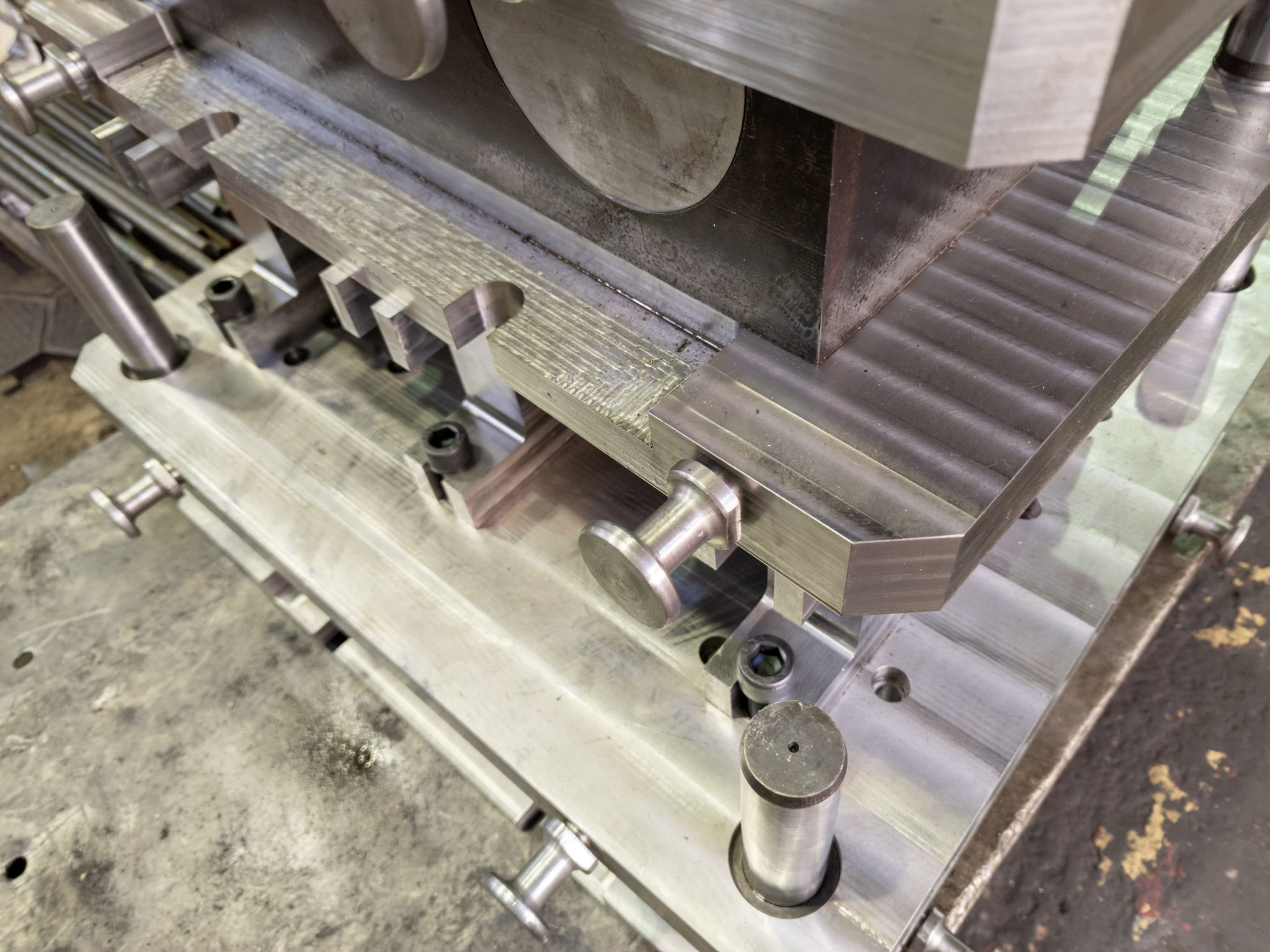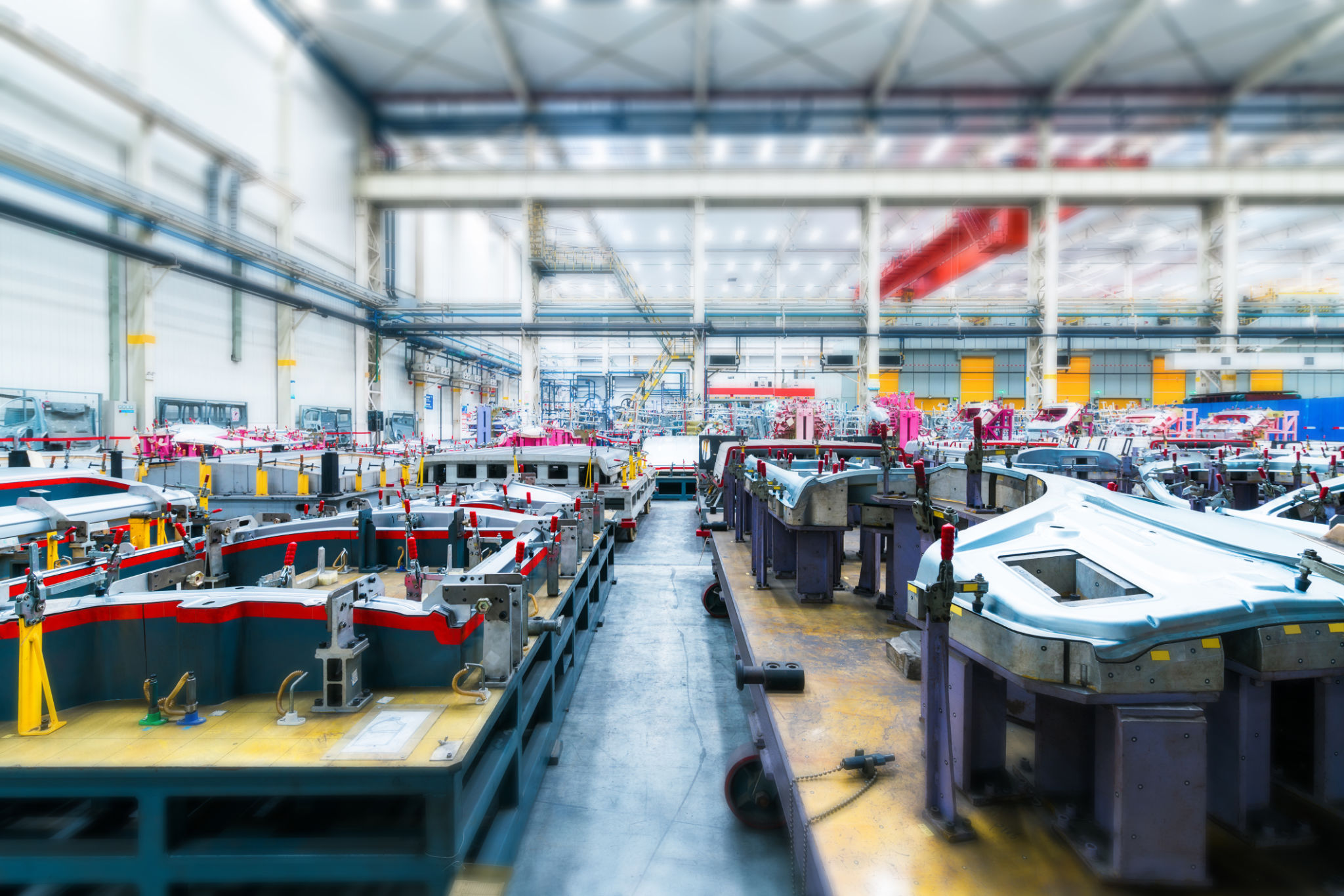The Role of Precision Stamping Dies in Automotive Part Production
Understanding Precision Stamping Dies
In the realm of automotive manufacturing, precision stamping dies play a crucial role in shaping the parts that make up a vehicle. These tools, crafted with meticulous attention to detail, are responsible for cutting and forming sheet metal into the components required for vehicle assembly. Without precision stamping dies, the mass production of automotive parts would be inefficient and costly.
Precision stamping dies are designed to produce parts with exact specifications and tolerances. This high level of accuracy ensures that each component fits perfectly within the larger assembly, maintaining the integrity and safety of the vehicle. The use of these dies also allows manufacturers to produce parts at a rapid pace, facilitating large-scale production without sacrificing quality.

The Manufacturing Process
The process of creating automotive parts using precision stamping dies involves several steps. Initially, a design team collaborates to draft the specifications of the part. This design is then translated into a die using advanced CAD software. The die is crafted with high-grade materials to ensure durability and longevity, capable of withstanding the high pressures involved in stamping.
Once the die is ready, it is installed in a stamping press. Sheets of metal are fed into this press, where the die stamps out the desired shape with great force. This method not only speeds up production but also minimizes material waste, making it an eco-friendly choice for manufacturers.
Benefits of Using Precision Stamping Dies
The advantages of using precision stamping dies in automotive part production are numerous. Key benefits include:
- High Precision: Each part is produced with exact accuracy, ensuring optimal fit and function.
- Cost Efficiency: The ability to produce large volumes quickly reduces overall manufacturing costs.
- Material Efficiency: Minimal waste is generated during the stamping process.

Innovations in Stamping Die Technology
Recent advancements in technology have further enhanced the capabilities of precision stamping dies. Innovations such as computer-aided design (CAD) and computer-aided manufacturing (CAM) have streamlined the design and manufacturing process, allowing for even greater accuracy and complexity in part design.
Moreover, the integration of automation in stamping presses has revolutionized production lines. Automated systems can operate continuously with minimal human intervention, increasing production speed and reducing the likelihood of errors. As technology continues to evolve, we can expect further improvements in the efficiency and effectiveness of precision stamping dies.

The Future of Automotive Manufacturing
As the automotive industry moves toward more sustainable practices, precision stamping dies will continue to be an integral part of the manufacturing process. The ability to produce high-quality parts efficiently aligns with the industry's goals of reducing waste and improving environmental impact.
Looking ahead, the development of new materials and techniques will likely enhance the capabilities of precision stamping dies even further. This evolution will enable manufacturers to meet the increasing demands for innovative and sustainable automotive solutions.
In conclusion, precision stamping dies are indispensable tools in automotive part production, offering unmatched precision and efficiency. As technology advances, these tools will continue to play a vital role in shaping the future of vehicle manufacturing.